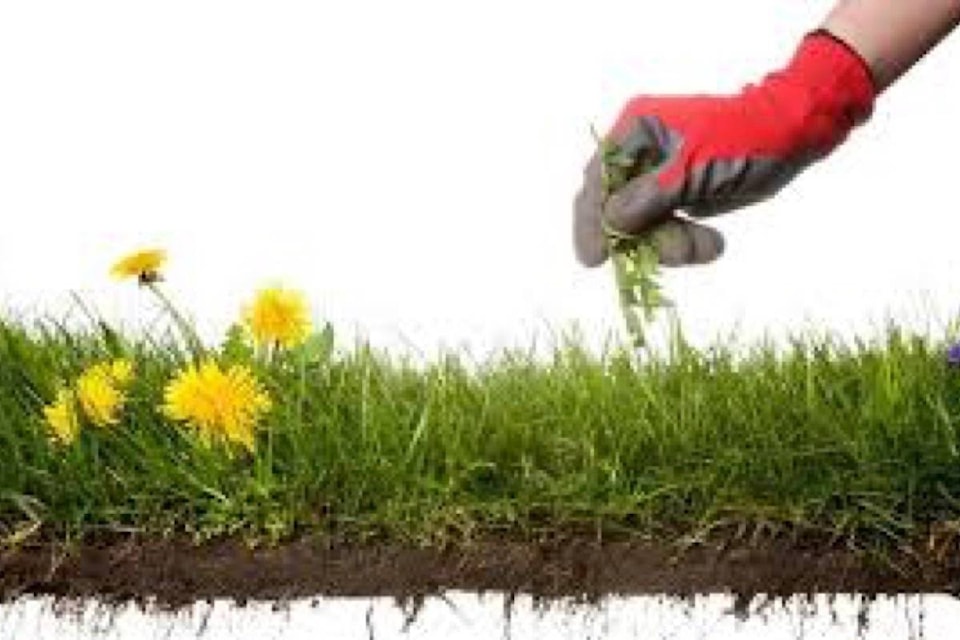Jocelyne Sewell
Morning Star Columnist
Someone phoned me about planting by the moon. There are too many different variations of dates to explain everything in the column. I wrote about it in April 2012 and this is the link about growing in Vernon: www.almanac.com/gardening/planting-dates/BC/Vernon
Above-ground crops are planted during the light of the moon (new to full); below-ground crops are planted during the dark of the moon (from the day after it is full to the day before it is new again). The time at which a seed is sown is the beginning of its life cycle. Final plant yield, as every gardener knows, is crucially affected by the conditions encountered by the seed. Today is the full moon. These days I am more concerned about growing between rainy days.
My rain barrels have been overflowing. It is quite a change from last year, using 1/3 less water in April this year. On the other hand, I had to have the heat in the greenhouse every night, with all the tender seedlings. It has been a challenging spring so far. The tulips have been blooming at their best and are still going strong. I noticed the columbines are very tall this year. At this point, all the plants are reaching for the sun.
Some readers are asking again for the weed killer recipe. This mixture makes weeds disappear: mix together 4 cups white vinegar, 1/2 cup table salt and 2 tsp. liquid dish detergent. Put the mixture in a spray bottle and spray on the weeds when it is hot outside. Only recommended for driveways, sidewalks, patio stones. It will kill the grass so be careful not to spray on lawns.
Baking Soda: Use it as a weed killer/preventer. Pour baking soda full strength onto cracks in a patio or walkway. This will kill any small weeds sprouted and prevent new ones from growing.
When I transplant my tomatoes, in the bottom of the hole, I add about 1 tbsp. each of crushed eggshells and epsom salt. Stir this with a bit of soil and cover with more soil so the roots don’t touch the mixture right away. The epsom salt will then be a readily available source of calcium and magnesium for the tomato plant. Epsom salt also promotes root growth and development for all garden vegetables and flowers and should be worked into the soil along with organic matter at the beginning of spring. A side dressing of epsom salt or watering gardening vegetables with a mixture of ½ cup of epsom salt dissolved in one gallon of water a couple of times during the growing season will keep plants healthy and growing vigorously. When applying dry epsom salt as a side dressing, be careful not to allow the epsom salt to touch any part of the plant. This will help to prevent blossom end rot.
Spray the pepper plants with 1 tsp. of epsom salt in a spray bottle filled with lukewarm water (about 750 ml). Shake well and spray the mixture on the leaves and blossoms, when the plants first blossom and again 10 days later. Leaves turn dark green and soon after, an abundance of peppers according to Dick Raymond in his Joy of Gardening book.
I will be having my home annual plant sale this coming Saturday from 8 a.m. until 4 p.m. I have 25 tomato varieties. You can check the address under garage sales in the Friday edition of The Morning Star.
See you Saturday.
For more information: 250-558-4556 or jocelynesewell@gmail.com
Jocelyne Sewell is an organic gardening enthusiast in the North Okanagan and member of Okanagan Gardens & Roses Club in Vernon, B.C. Her column appears every other Wednesday.
